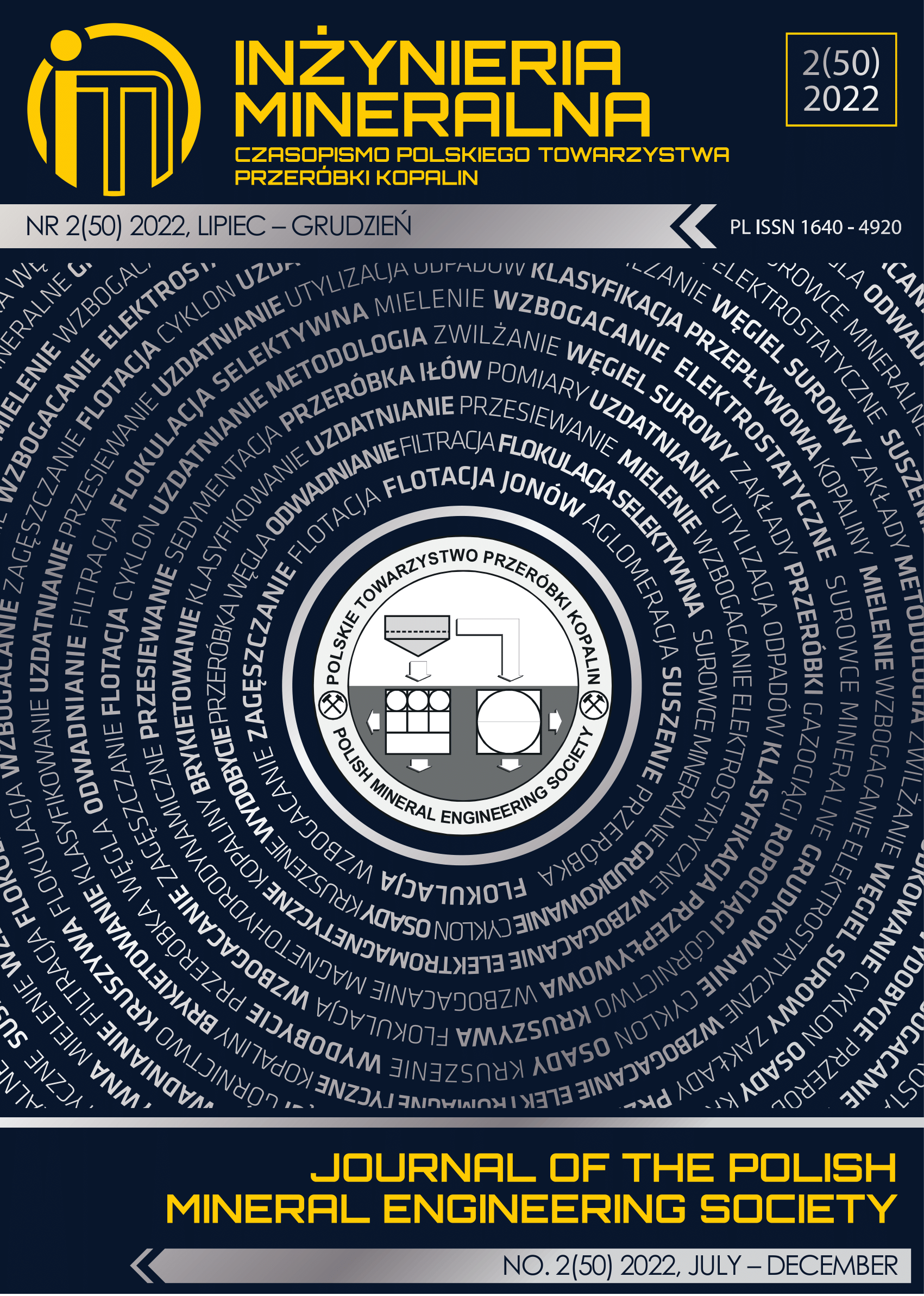Technological Reliability of Recycling Anthropogenic Minerals from the Landfills in the Move Towards Green Energy
Abstract
The subject of this paper is electromagnetic activation technology for fly ash, which allows for the transformation of the troublesome energy waste into a valuable market product. The move towards green energy, apart from decarbonisation and reduction of carbon dioxide emissions, is facing additional challenges, i.e. disposal and use of accumulated solid waste, which, due to its specific composition, may soon be considered hazardous. Therefore, it is important to recycle them for sale as a market product. Such opportunities are offered by the technology referred to above, which allows for the use of the above-mentioned anthropogenic minerals in concrete products. As demonstrated in the tests presented in the article, the use of activated fly ash does not deteriorate the resilience of concretes, bringing benefits in the form of avoiding emissions of CO2 which is the result of limiting the use of cement and reducing emissions and transport costs. The liquidation of landfills also fits perfectly with the key points of the circular economy, at the same time implementing the philosophy of priority for secondary ones. High-efficiency and quick operation of furnace waste landfills has multi-threaded ecological effects, which include emission reductions, protection of natural resources and, finally, restoration and reclamation of devastated areas. The second group includes economic benefits, which will also be the result of many overlapping market effects.
This journal permits and encourages authors to post items submitted to the journal on personal websites or institutional repositories both prior to and after publication, while providing bibliographic details that credit, if applicable, its publication in this journal.







.png)
